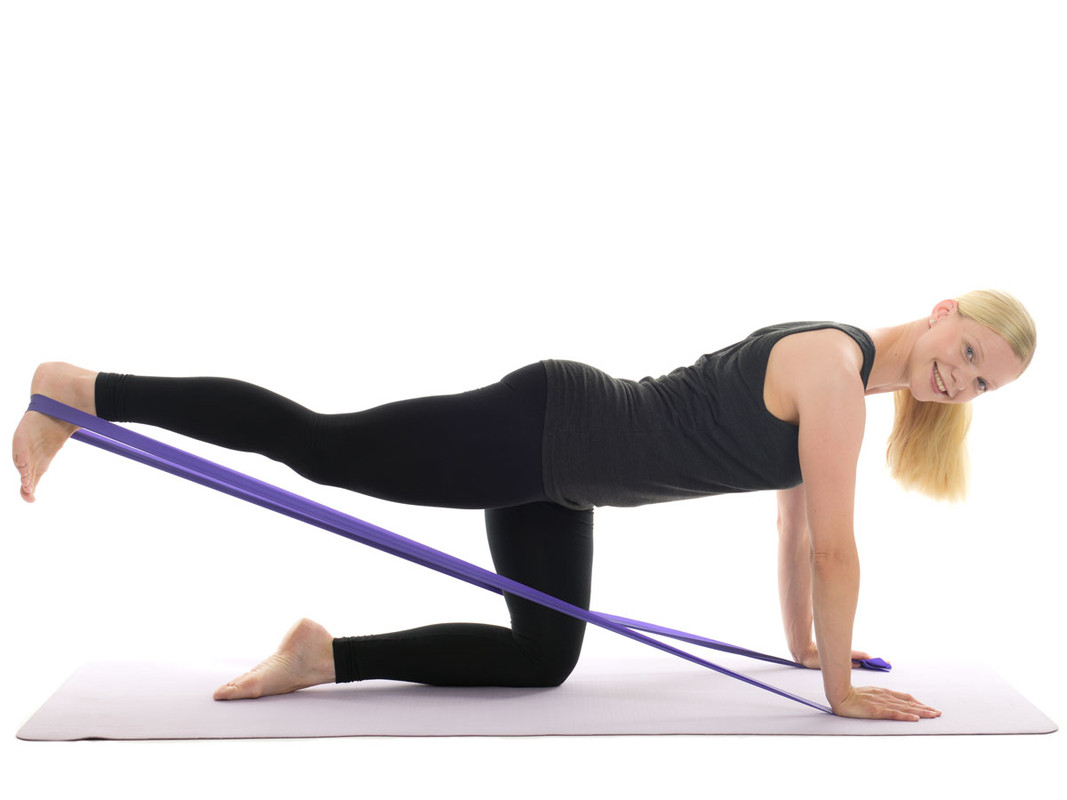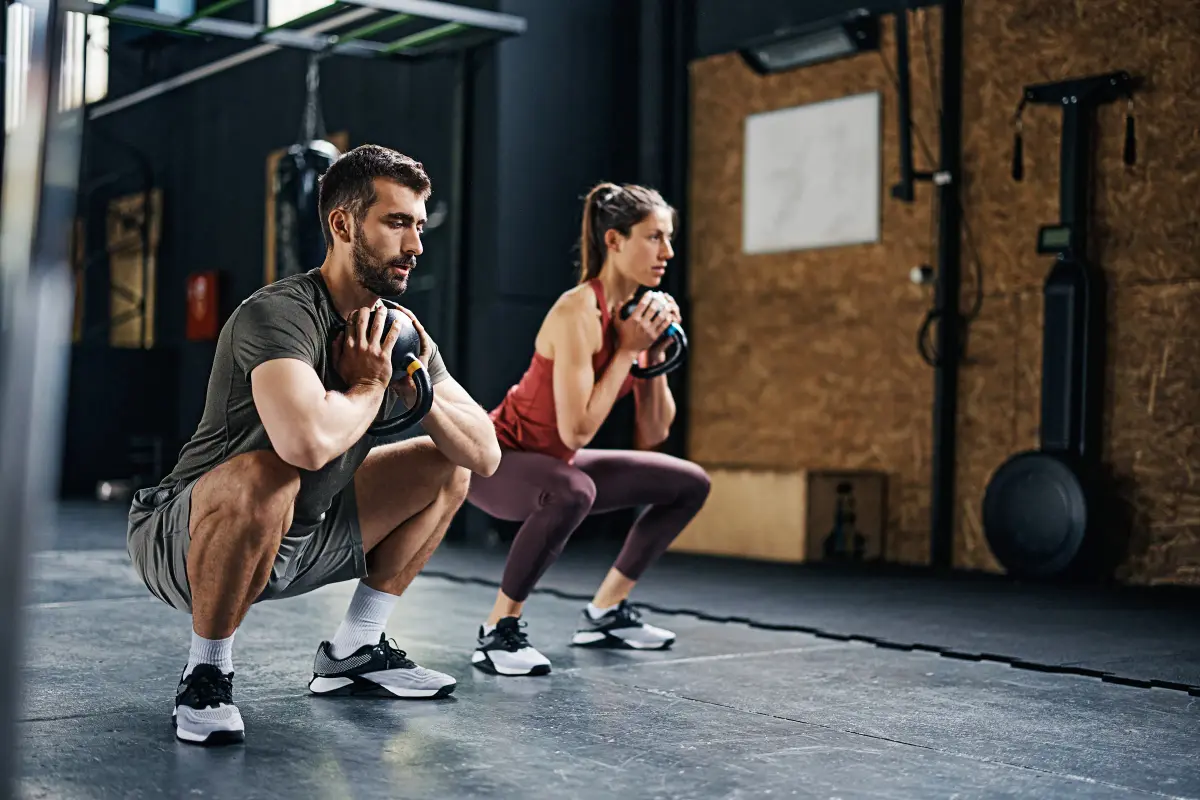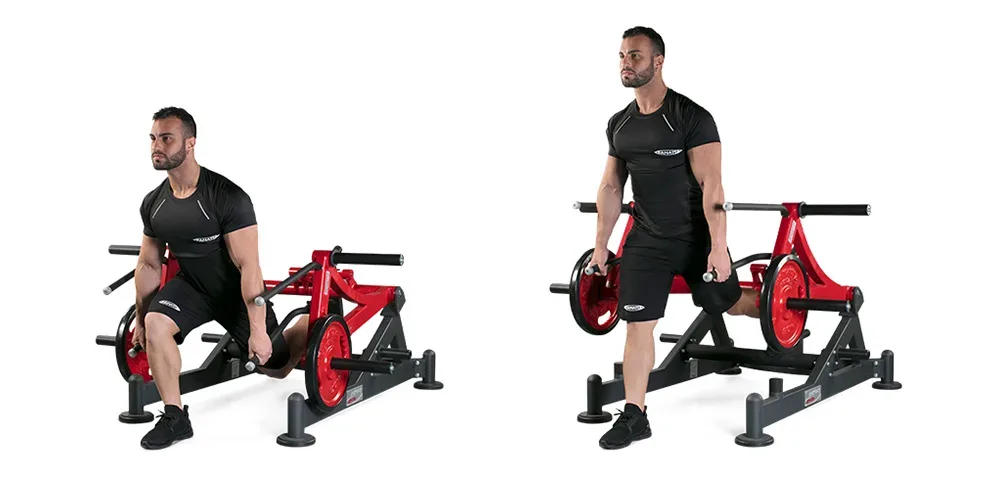Different exercises that may be performed in place of leg presses include squats, lunges, wide leaps, and resistance bands that can be used to replace the weight of a Leg Press Muscles Worked machine. In the same way that other strength training exercises do, leg presses help to grow muscle, lower the chance of injury, and combat the natural decline in muscle mass that comes with aging. It is necessary to have this in order to carry out daily tasks such as getting out of bed and going grocery shopping.
Leg Press Muscles Worked: Top 3 Targeted Areas for Sculpted Legs
It is essential to have strong legs, regardless of whether you are using them to run a marathon or to collect the mail. An good method for enhancing the strength of your legs is to perform the leg press, which is a sort of resistance training exercise. To do this, you will need to use a leg press machine to press your legs against weights.
In the same way that other strength training exercises do, leg presses help to grow muscle, lower the chance of injury, and combat the natural decline in muscle mass that comes with aging. It is necessary to have this in order to carry out daily tasks such as getting out of bed and going grocery shopping.
On the other hand, in order to exercise your legs, you do not require an expensive machine or a subscription to a gym. In the convenience of your own house, you may strengthen your legs by performing these five exercises that do not require the use of any machines.
Read also: Workout Plans For Men To Build Muscle
What are leg presses doing
When performing leg presses, it is necessary to be sitting. When you perform this exercise, your legs are continually pressed against weights that may be adjusted to suit your current level of fitness. This focuses your quadriceps, glutes, hamstrings, hips, and calves.
The sitting posture of leg presses helps maintain your upper body and torso motionless. It also takes less balance to raise the weights, according to a 2016 research.
There are various options to utilizing a leg press machine. Many of those are based on these five exercises:
1. Leg press using resistance bands

A leg press machine's weight can be substituted with a resistance band. The same muscles used in leg presses on a machine are used in leg presses with resistance bands. Resistance bands are simple to employ in a range of situations since they are lightweight and portable.
Equipment needed: Resistance band and mat or chair
Muscles worked: Quads, hamstrings, glutes, calves
Resistance band leg press, laying down
- Lie on a mat face up. Lift your feet off of the mat. Bend your knees, creating a 90-degree angle. Flex your feet, pointing your toes toward the ceiling.
- Wrap the band around your feet and hold the ends. Keep your feet side by side.
- Press your feet against the bands until your legs are straight.
- Bend your knees to return to a 90-degree angle.
- Start with one set of 8 to 12 reps.
Read also: 5 Effective Open And Closed Kinetic Chain Exercises
2. Squats

Squats mimic the movement of leg presses. They’re done in a vertical position, so your lower back absorbs less pressure. If you have back pain or injuries, squats may be an ideal leg press alternative.
- Stand with your feet hip-width apart. Plant your heels into the floor and face your toes forward.
- For balance, extend your arms straight ahead or clasp your hands together.
- Send your hips back. Bend your knees and lower your buttocks. Keep your back straight and your chest lifted.
- Lower yourself until your thighs are parallel to the floor. Keep your knees over your ankles.
- Push through your heels and stand up.
- Start with one set of 8 to 12 reps.
Sumo squats
You can make it harder by doing sumo squats. The wider stance of this variation targets your inner thigh muscles.
- Stand with your feet slightly wider than hip-width apart.
- Face your toes at an angle, away from your body. Plant your heels into the floor.
- Clasp your hands together or hold a weight.
3. Lunges

Lunges, like squats, engage your leg muscles without adding pressure on your back. The act of stepping forward works your quads and glutes.
The lunge is different from the split squat. A lunge engages both legs at the same time, while a split squat uses one at a time.
- Stand with your feet hip-width apart.
- Step one foot forward and drop your hips, bending your knees into 90-degree angles.
- Lower yourself until your front thigh is parallel to the floor. Keep your front knee over your ankle.
- Push into your front leg to return to starting position.